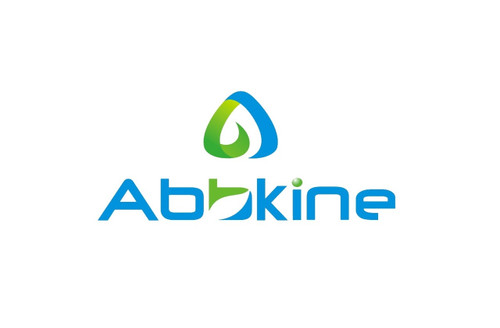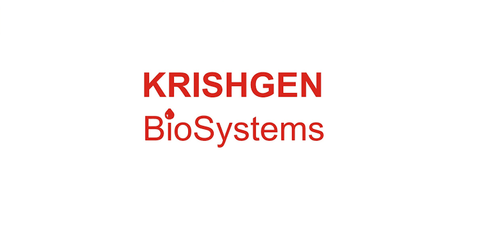Product Description
Human UV excision repair protein RAD23 homolog B (RAD23B) ELISA Kit | AE24536HU | Abebio
Species Reactivity: Human (Homo sapiens)
Abbreviation: RAD23B
Alternative Name: RP11-131A5.1; HHR23B; HR23B; P58; RAD23; yeast homolog of; B|UV excision repair protein RAD23 homolog B|XP-C repair complementing complex 58 kDa|XP-C repair complementing protein
Application: ELISA
Range: 0.156-10 ng/mL
Sensitivity: 0.052 ng/mL
Intra-Assay: ≤6.4%
Inter-Assay: ≤10.3%
Recovery: 1, 11
Sample Type: Serum, Plasma, Other biological fluids
Detection Method: Sandwich
Analysis Method : Quantitive
Test Principale: This assay employs a two-site sandwich ELISA to quantitate RAD23B in samples. An antibody specific for RAD23B has been pre-coated onto a microplate. Standards and samples are pipetted into the wells and anyRAD23B present is bound by the immobilized antibody. After removing any unbound substances, a biotin-conjugated antibody specific for RAD23B is added to the wells. After washing, Streptavidin conjugated Horseradish Peroxidase (HRP) is added to the wells. Following a wash to remove any unbound avidin-enzyme reagent, a substrate solution is added to the wells and color develops in proportion to the amount of RAD23B bound in the initial step. The color development is stopped and the intensity of the color is measured.
Product Overview: RAD23B is one of two human homologs of Saccharomyces cerevisiae Rad23, a protein involved in the nucleotide excision repair (NER) . This protein was found to be a component of the protein complex that specifically complements the NER defect of xeroderma pigmentosum group C (XP-c) cell extracts in vitro. This protein was also shown to interact with, and elevate the nucleotide excision activity of 3-methyladenine-DNA glycosylase (MPG), which suggested a role in DNA damage recognition in base excision repair. This protein contains an N-terminal ubiquitin-like domain, which was reported to interact with 26S proteasome, and thus this protein may be involved in the ubiquitin mediated proteolytic pathway in cells.
Stability: The stability of ELISA kit is determined by the loss rate of activity. The loss rate of this kit is less than 5% within the expiration date under appropriate storage condition. The loss rate was determined by accelerated thermal degradation test. Keep the kit at 37°C for 4 and 7 days, and compare O.D.values of the kit kept at 37°C with that of at recommended temperature. (referring from China Biological Products Standard, which was calculated by the Arrhenius equation. For ELISA kit, 4 days storage at 37°C can be considered as 6 months at 2 - 8°C, which means 7 days at 37°C equaling 12 months at 2 - 8°C) .
 Euro
Euro
 USD
USD
 British Pound
British Pound
 NULL
NULL












